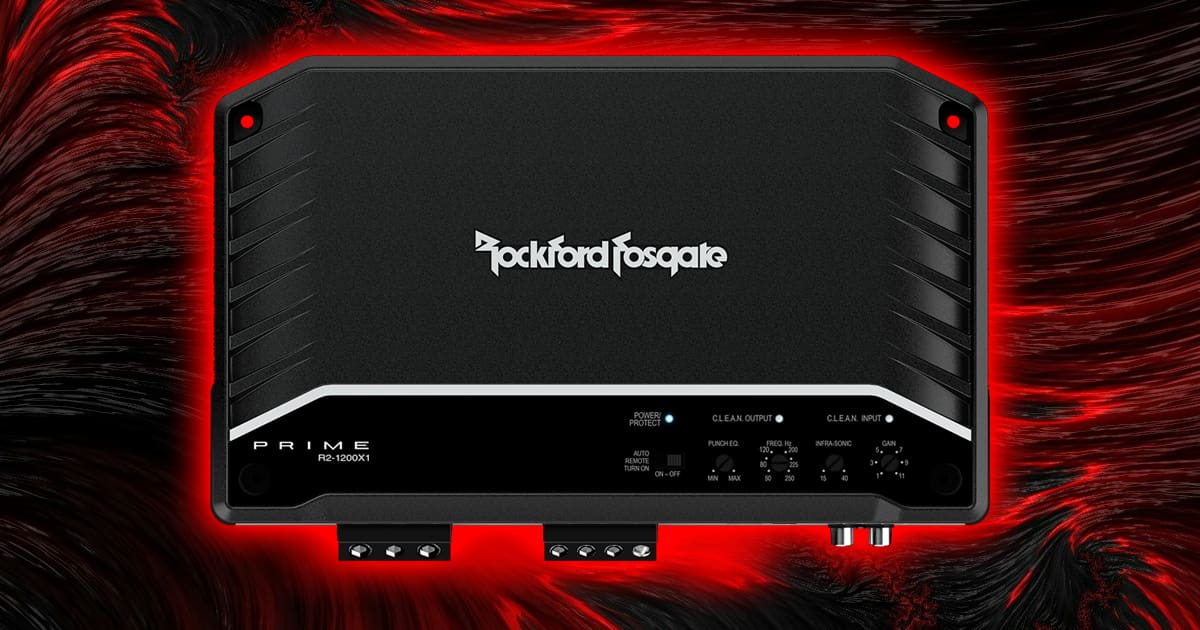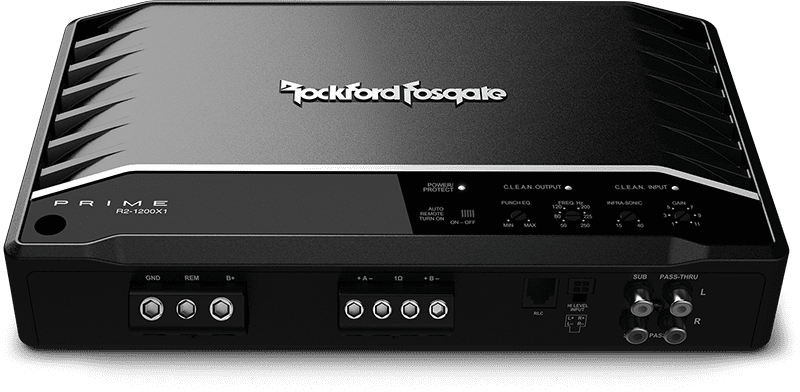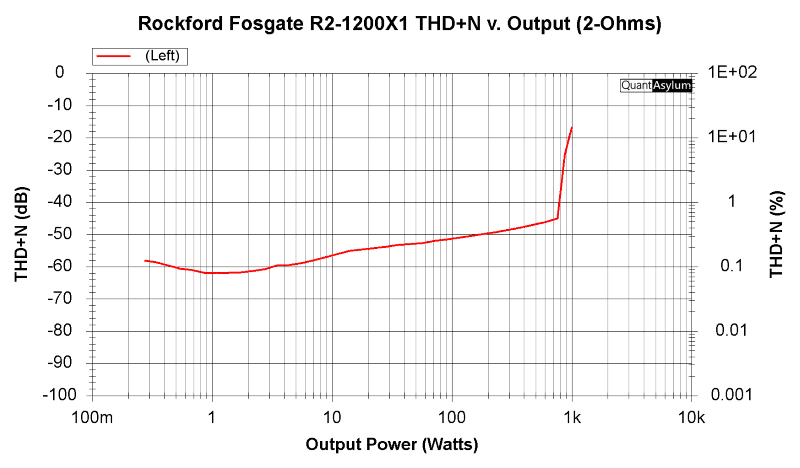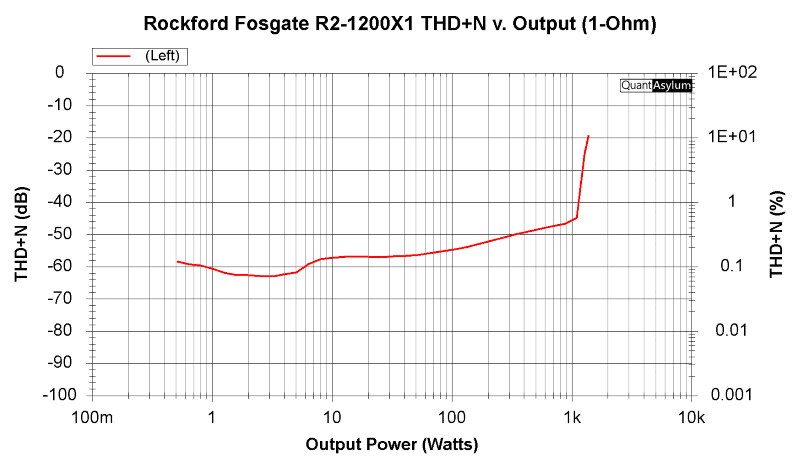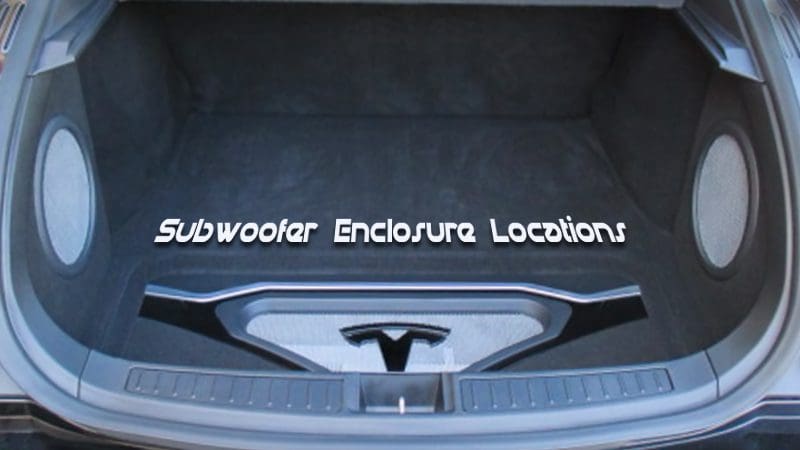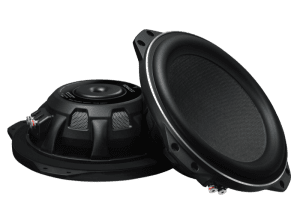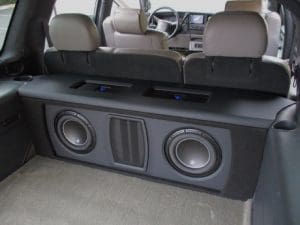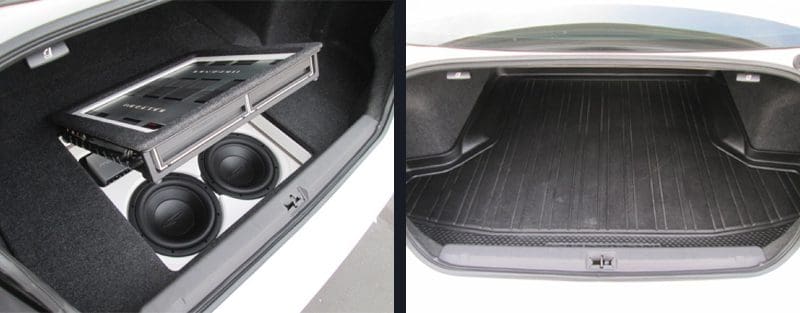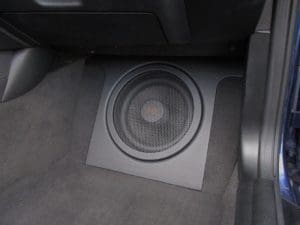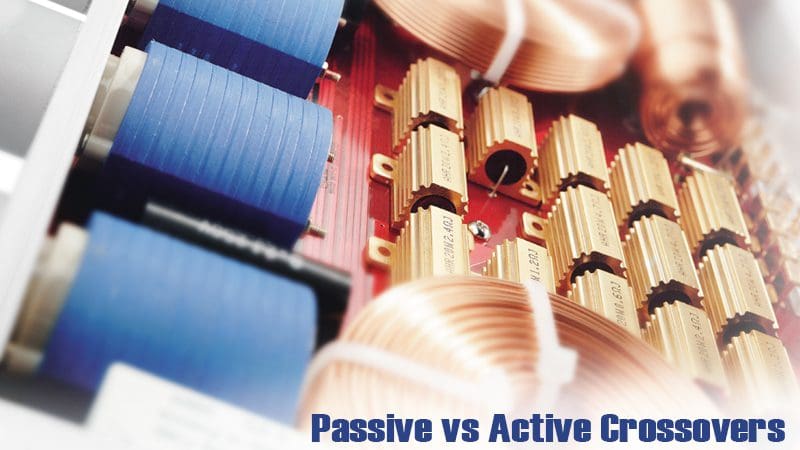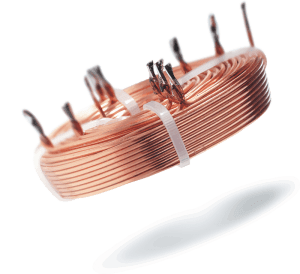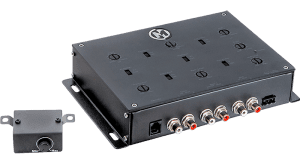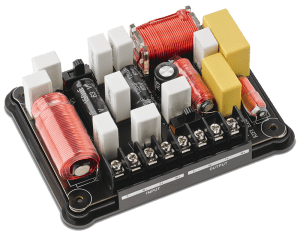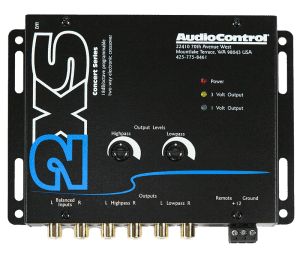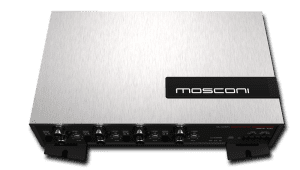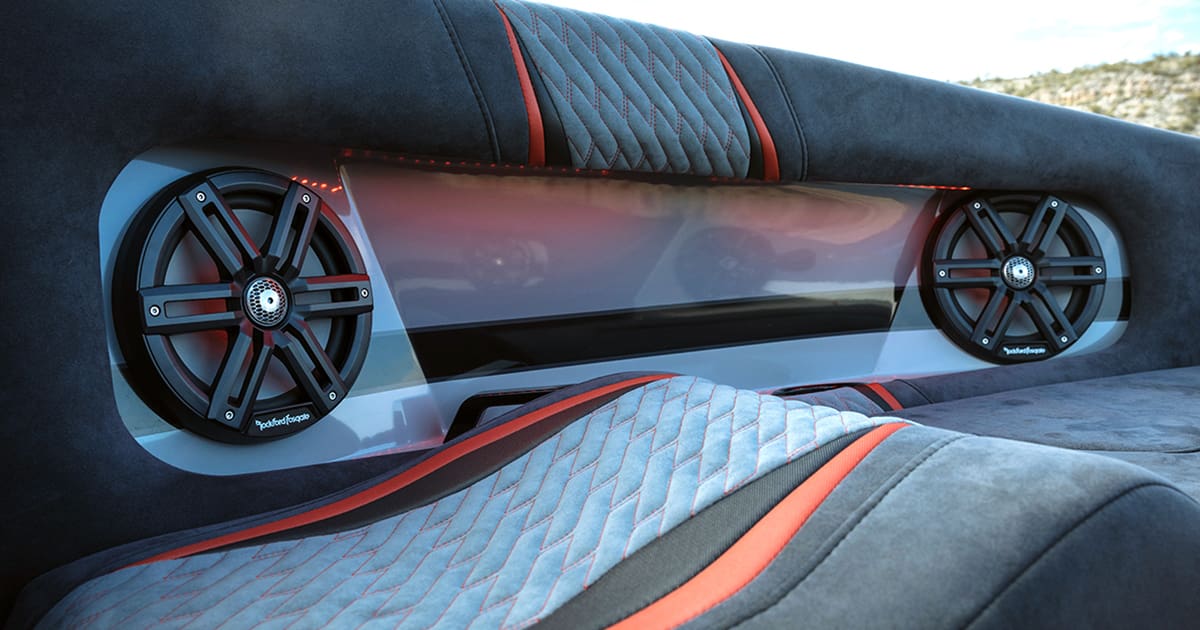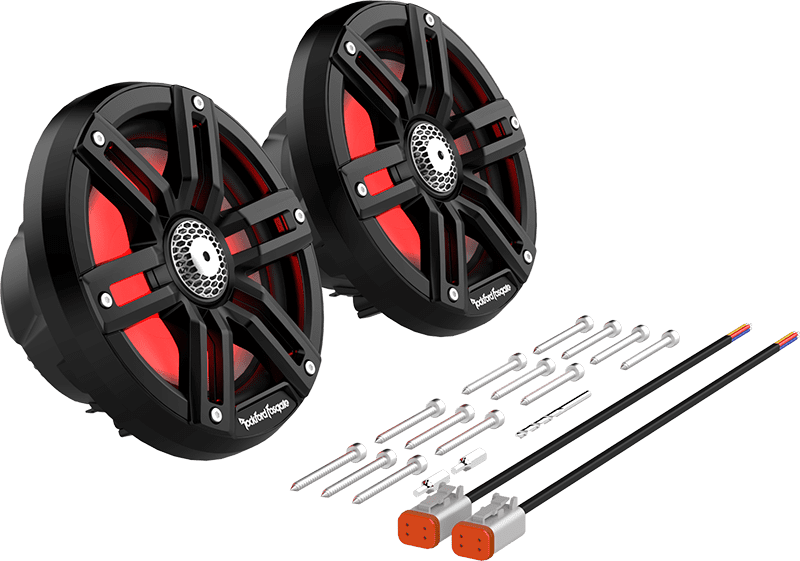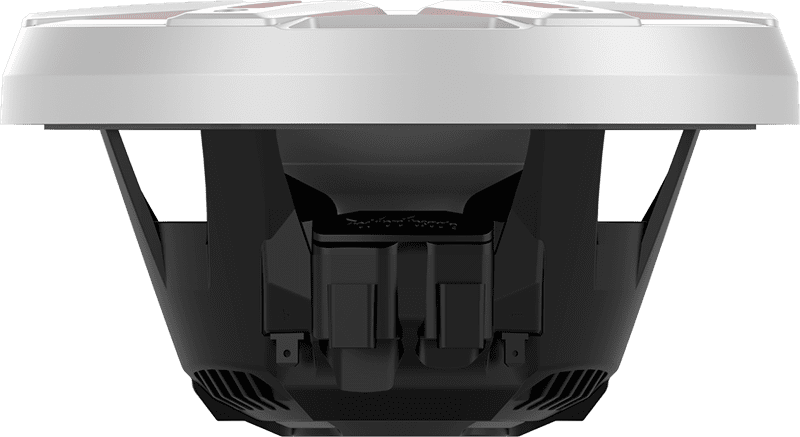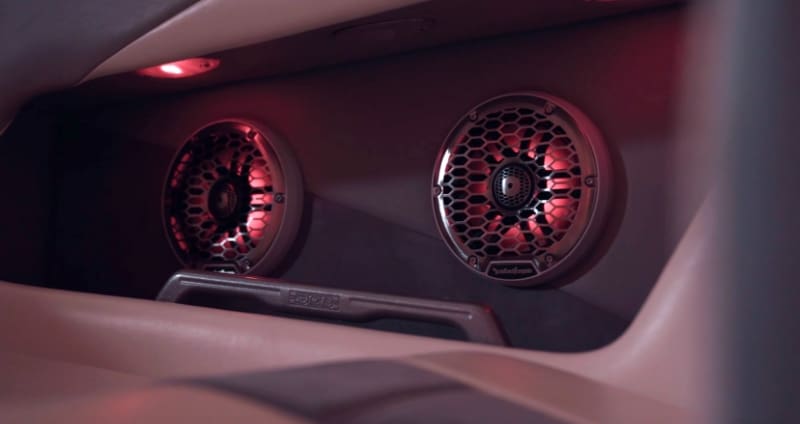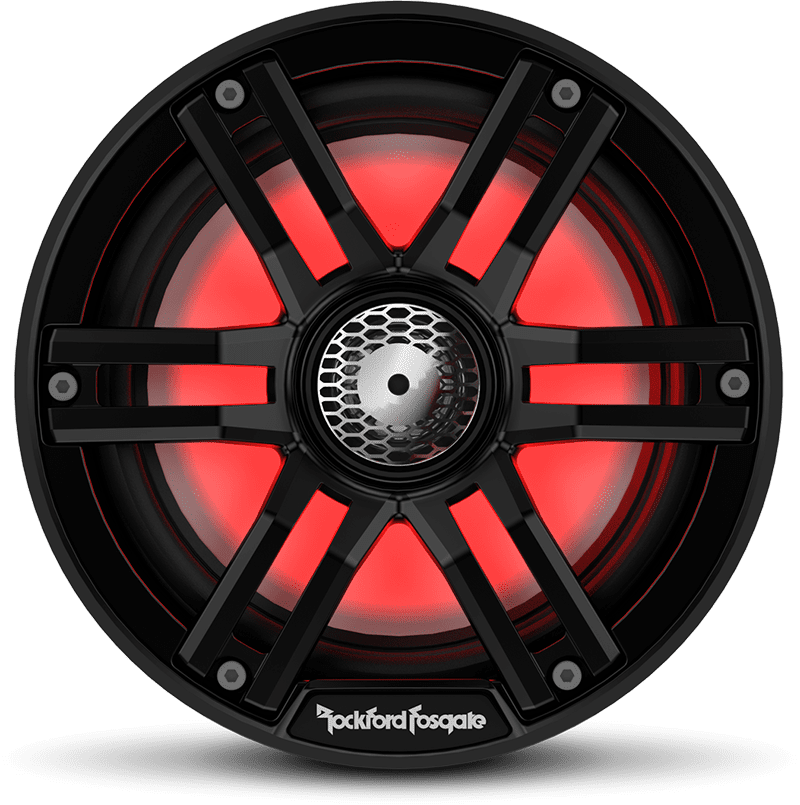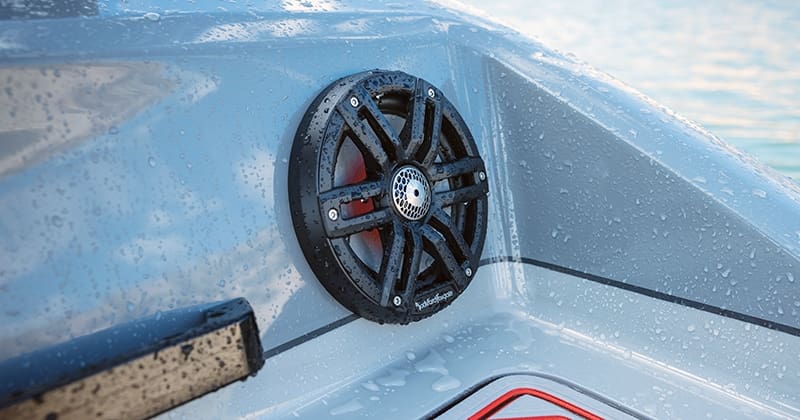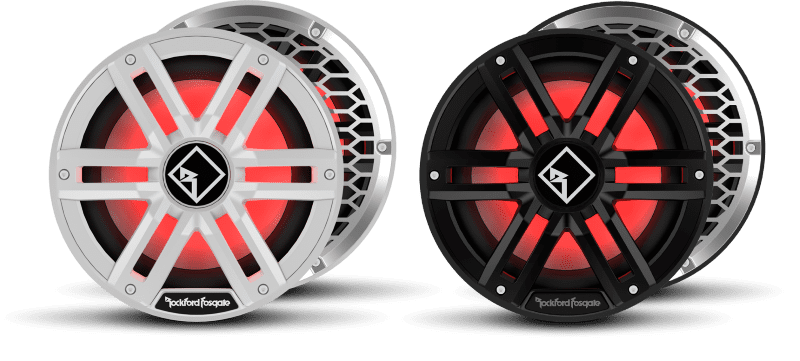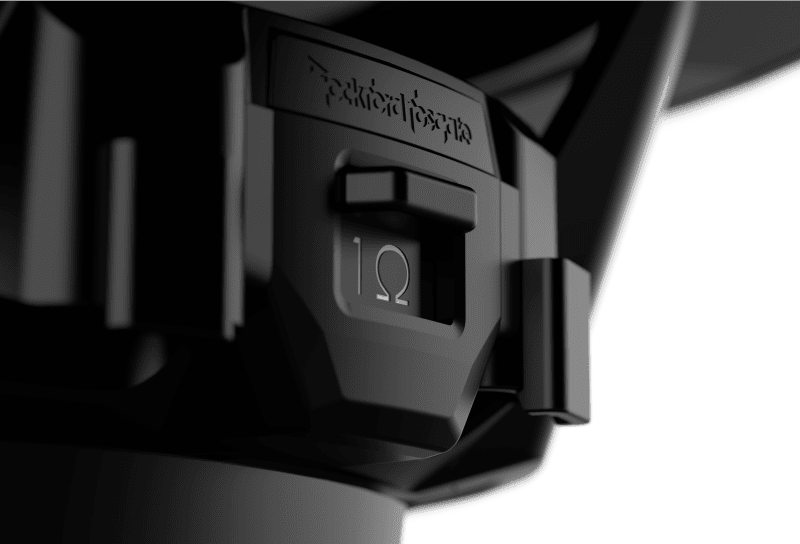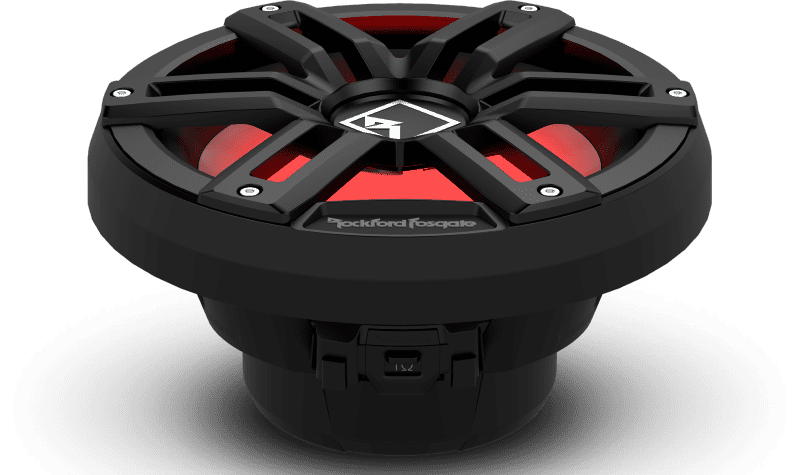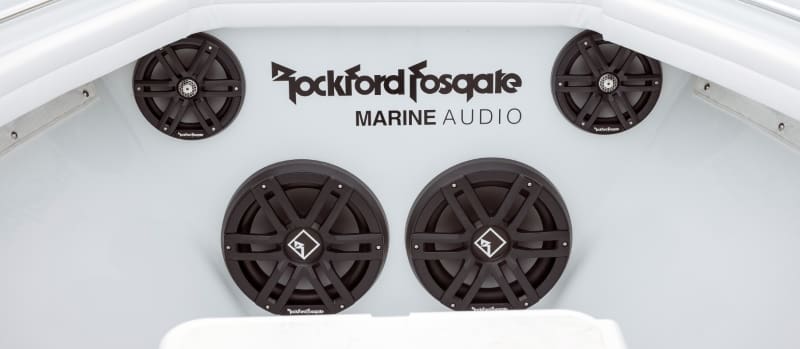In late October 2023, we had the opportunity to give the Rockford Fosgate R2-1200X1 subwoofer amplifier a thorough Test Drive Review (https://www.bestcaraudio.com/test-drive-review-rockford-fosgate-r2-1200×1/). We were very impressed that this entry-level amp had features and performance that dramatically outperformed entry-level and mid-level products from other brands.
Power Testing and the Importance of Supply Voltage
The original test had one hiccup. When running a 1-ohm load, the amp produced 1,155.3 watts, which is a few watts (44.7) shy of the rated 1,200 watts the amp should produce.
Why did this happen? Is the R2-1200X1 not a real 1,200-watt amplifier? The answer lies in the power supplies we used to feed the amplifier. The supplies, a pair of Stinger SPS80 units, don’t have an output voltage adjustment. We’ve used their high- and low-voltage settings to show how different amplifiers perform at different supply voltage levels. The problem is, amplifiers tested to the ANSI/CTA-2006-D specification must be supplied with 14.4 volts. We only fed the R2-1200X1 13.61 volts. So, making just 44 watts shy of the rating, with 0.79 volt less than is expected, is actually impressive.
We typically explain that minute differences in output power are inaudible. The difference in output level between 1,155.2 and 1,200 watts is only 0.16 dB. You can’t hear that difference. Nevertheless, car audio enthusiasts want to see the largest numbers possible regarding power ratings … for some reason.
New Power Supplies Fix Everything
After months of research, we have purchased two new 100-amp, 15-volt power supplies for the BestCarAudio.com test bench. The new supplies have an adjustable output, so we can fine-tune them to produce precisely 14.4 volts to ensure that the measurements we provide fully comply with the ANSI/CTA-2006-D specification. We use our QuantAsylum QA403 audio analyzer to measure harmonic distortion and noise and adjust the output level to be within a tenth of 1% THD+N.
Repeating the Rockford Fosgate R2-1200X1 Test
With the new supplies wired up and a few wires re-terminated, it was time to repeat the power measurements. As you can see from the chart below, the impressive R2-1200X1 does indeed produce every bit of power that Rockford Fosgate claims – and more. If you’ve been paying attention to the other products we’ve tested from them, that should be no surprise.
We picked up 27.3 watts at 4 ohms, 36.5 watts at 2 ohms and an impressive 109.9 watts when driving a 1-ohm load.
Distortion Versus Output Graphs
While the amp was back on the bench, we generated THD+N versus power output graphs for each load. The graphs show total harmonic distortion and noise on the vertical scale and power output on the horizontal scale.
Different amplifier designs have different characteristics regarding how they add harmonic distortion to the signal. The R2-1200X1 behaves well, with moderate THD+N increases as output levels rise. There’s nothing bad or unexpected in any of the measurements.
Why Does More Power Supply Voltage Increase Maximum Power Output?
Before we close, we should discuss why increasing the supply voltage increases an amplifier’s maximum power. In the case of this amp, the power supply is unregulated – or, at the very least, loosely regulated. In terms of practical explanation, the voltage supplied to the amp is multiplied by a fixed amount to create the rail voltages that drive the output.
If we had to guess, the R2-1200X2 takes the supply voltage and multiplies it by roughly 2.25. This gives us positive and negative rail voltages of approximately +32V and -32V. The audio signal can swing between these voltages, giving us just over 44.3 volts RMS available to drive the subwoofer. At 4 ohms, that’s just under 500 watts.
At lower impedances, the limiting factor in how much power the amp can produce is the power supply’s current delivery capabilities. We measured 41.4 volts into a 2-ohm load and 35.57 volts into a 1-ohm load. Once again, this is entirely normal behavior for a high-quality amplifier.
Check out the R2-1200X1 for Your Car Audio Subwoofers
If you’re shopping for an affordable subwoofer amplifier that sounds good, offers fantastic efficiency and includes all the features you need to make your car audio system sound great, drop by a local authorized Rockford Fosgate retailer and check out the R2-1200X1. Be sure to tell them the gang from BestCarAudio.com sent you!
This article is written and produced by the team at www.BestCarAudio.com. Reproduction or use of any kind is prohibited without the express written permission of 1sixty8 media.
